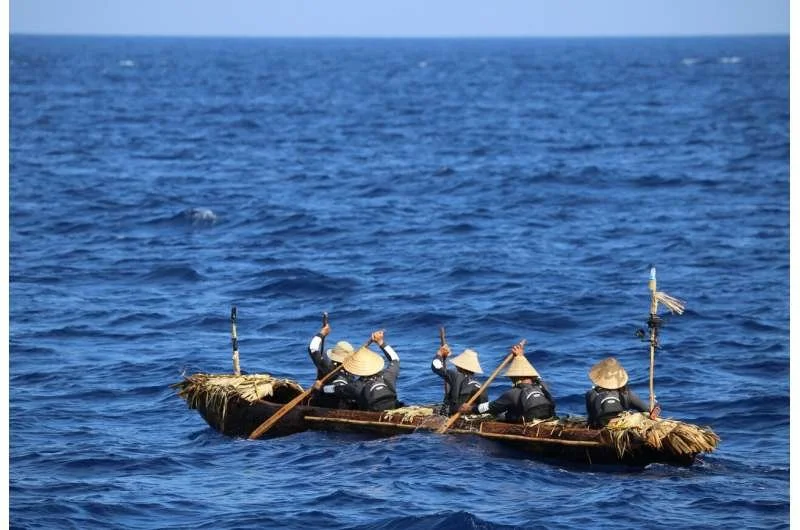The transition from foraging to farming marked one of the most significant transformations in human history. This shift, known as the Agricultural Revolution, led to the development of permanent settlements, population growth, and the rise of complex societies. Archaeological evidence from the Fertile Crescent, China, and Mesoamerica provides key insights into how and why agriculture emerged in different parts of the world.
The Fertile Crescent: The Cradle of Agriculture
The Fertile Crescent, a region spanning modern-day Iraq, Syria, Lebanon, Israel, Palestine, Jordan, and parts of Turkey and Iran, is often considered the birthplace of agriculture. Around 10,000 BCE, evidence suggests that humans began cultivating wheat and barley, and domesticating animals such as sheep, goats, and cattle. Archaeological sites like Jericho and Çatalhöyük provide clear evidence of early farming communities, with storage facilities, permanent houses, and tools designed for harvesting and grinding grains. The Natufian culture, which existed before full-scale farming, indicates a gradual transition from gathering wild cereals to deliberate cultivation.
China: The Rise of Rice and Millet Farming
In China, agriculture developed independently around 9000 BCE, primarily in the Yellow and Yangtze River valleys. Archaeological discoveries at sites like Jiahu and Peiligang reveal early cultivation of millet in the north and rice in the south. Evidence includes carbonized grains, farming tools, and remnants of domesticated pigs and chickens. Over time, rice paddies became more sophisticated, leading to the growth of stable communities and technological advancements, including pottery and irrigation systems.
Mesoamerica: Maize and Early Civilizations
Mesoamerica, encompassing present-day Mexico and Central America, saw the domestication of maize (corn) as early as 7000 BCE. Early agricultural communities cultivated maize, beans, and squash, forming the foundation of later civilizations such as the Olmec, Maya, and Aztec. Sites like Guilá Naquitz Cave in Oaxaca provide evidence of early maize domestication, with remains of small cobs and farming tools. Unlike in the Fertile Crescent and China, large domesticated animals were absent, making human labor crucial for agricultural expansion.
Conclusion
The spread of agriculture was not a uniform process but rather a series of independent developments across different regions. Archaeological findings in the Fertile Crescent, China, and Mesoamerica illustrate how human societies gradually transitioned from foraging to farming, leading to profound cultural and technological changes. The ability to produce food surplus enabled population growth, social stratification, and ultimately, the rise of civilizations, shaping the course of human history.







